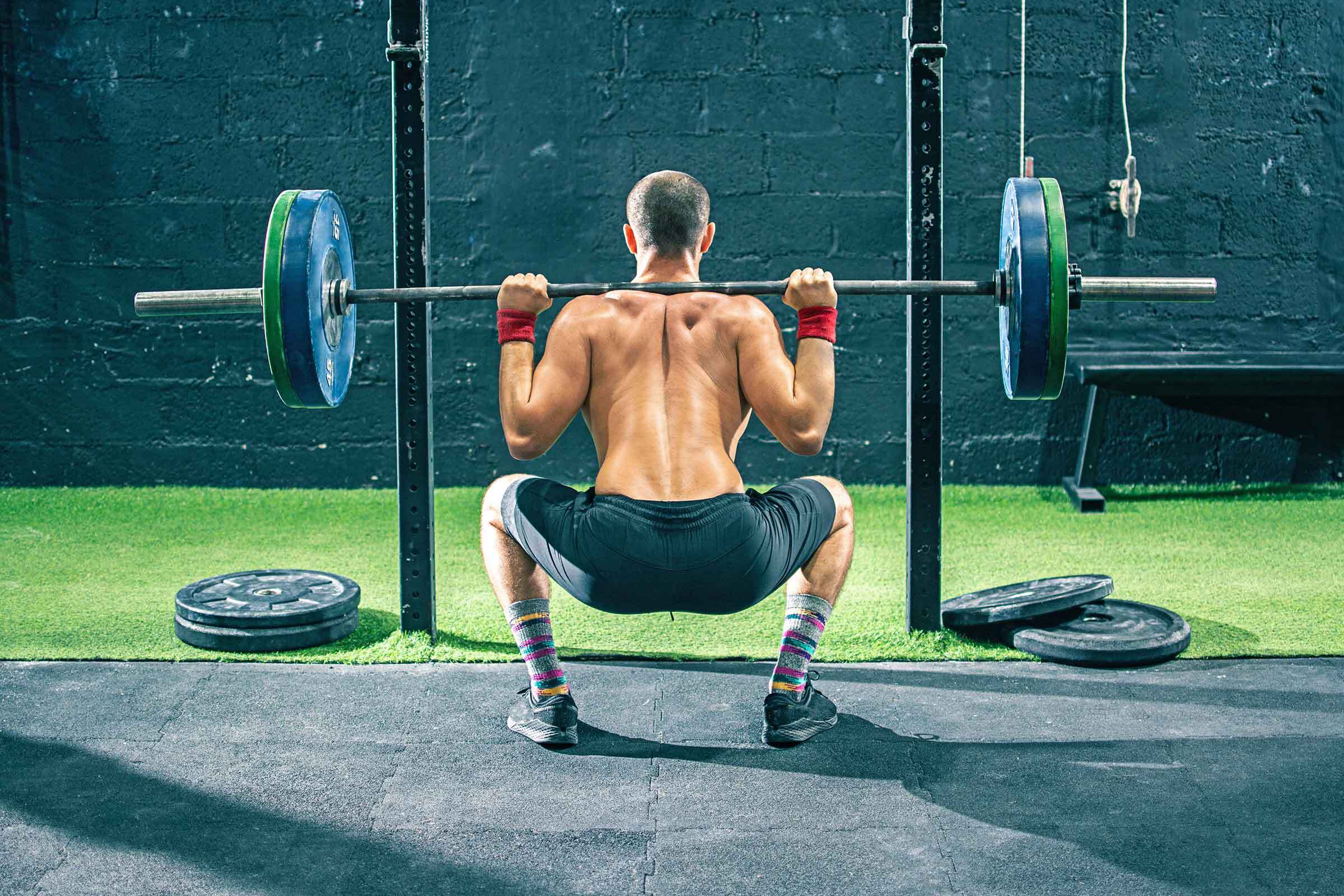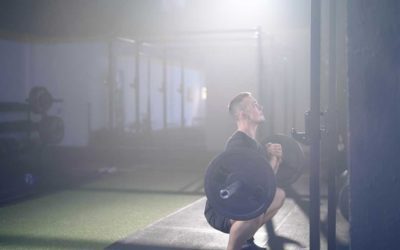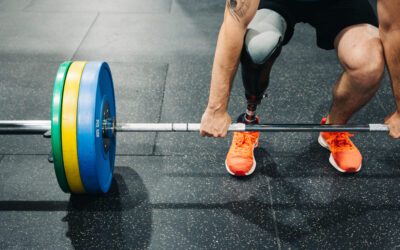Program Design 101: How to Build Your Own Workout Program

How are you navigating the world of fitness after years of being coached? Are you just winging it in the gym? Are you making any progress, or just spinning your wheels?
It’s easy to fall into fitness overwhelm without having a coach. In this blog, Jason Sayler outlines the basics for creating your own workout program based on your needs.
jason sayler


Change the Way You Train
Creating a Basic Workout Plan
It happens every year — athletes that have been in my program for 4-5 years graduate. They have been told what to do for their entire athletic career and suddenly they’re thrown out into the world on their own with have no idea what to do concerning their fitness. They are lost, confused, terrified of getting fat, and looking for guidance.
I politely think to myself, “You’ve got to be freaking kidding me! You have spent the past half-decade immersed in a solid (if I do say so myself) strength and conditioning program and you still don’t know what to do?” I think, “Maybe it is my fault. Maybe I didn’t give them the necessary tools required to venture out on their own into the terrifying world of personal fitness.”
Well, I plan to rectify my mistake today and give all of you athletes out there struggling to find their way, the necessary tools required to survive and stay healthy, happy and fit for the rest of your lives. I’m going to break down very simply how I design a strength and conditioning program.
Step 1: Determine Your Goals
Is your plan to just stay in shape as a retired athlete or are you in the offseason looking to come back stronger than ever and crush the competition? You’ll need to build you program around that. However, keep in mind that most athletes need basically the same things.
All athletes from swimmers to football players, from soccer moms to pro golfers will benefit from becoming more explosive, increasing their strength, improving their mobility, etc. Where they differ may be the intensities and volumes at which they train. So, match your training to your sport or goals as closely as possible. If your sport requires you to maximally exert yourself once and rest 5 minutes before you go again, you’ll want to match your training to those demands.
If your goal is to just stay fit, then you will probably want to spend most of your time somewhere in the middle of the volume and intensity spectrum. For general fitness I love incorporating circuit-style training or metabolic conditioning. These types of workouts aim to get as much work done as possible in the shortest amount of time. So if you’re pressed for time and want to kill an endless amount of birds with one stone, check out some programs in the TrainHeroic marketplace geared toward functional fitness.
Programs like this hit every element of your fitness and usually get you in and out of the gym in an hour.

Step 2: Select Your Movements
For the most part, fast/dynamic lifts or movements such as power cleans should be at the beginning of your training because they require the most technical focus and coordination. They also tend to recruit the most number of motor units and tax your system heavily.
If you are looking to get the most bang for your buck, it’s hard to beat the Olympic lifts. They can cover every single aspect of fitness you can think of. All you would need to do is change the volume or intensity to match your goals.
Full range of motion squats are a necessary part of any training regimen — back squats, front squats, split squats, using dumbbells, kettlebells, or any variation therein. Strong legs are the foundation of any athlete.
A lot of athletes depending on their sport can become quad dominant. This imbalance can lead to knee, hip and ankle injuries. So for your owns sake, include hamstring dominant exercises such as RDL’s or Glute-hams.
Do push and pull together — any pushing exercise such as bench press should be done with a pulling exercise such as a bent-over row. They do not necessarily have to be done on the same day, but just make sure you don’t overdo the bench press and create an imbalance that could lead to postural issues or injuries.
A strong core is very important if you want the power from your legs to translate into hitting a ball harder or jumping further. It doesn’t matter how strong my legs are if the muscles used to stabilize my spine are too week to transfer that energy to the upper body. I like static holds like planks. Check out this article for more excellent ideas: 4 Core Exercises for Noticeably Stronger Abs
Step 3: Decide On Your Training Volume
Training frequency is going to depend entirely on how much time you have to dedicate to working out. If you’ve got a family and a full-time job, you might not have two hours every day to train.
Full body lifting sessions 2-3 times per week are the most effective. You can combine your conditioning work with the lifting or do it on separate days. That’s up to you and how much energy/time you have.
Always warmup properly. Do some machine or cardio work to raise your core temperature and prepare you for the work to come. Prime your movements. The more specific you can make it to what you will be doing during the training session, the better. This will improve your performance during the workout and prevent you from getting injured.
Running and endurance work is based on your needs. If the sport you play requires quite a bit of endurance, that might be something you want to focus on. If you’re playing your sport a lot, then your need for extra conditioning work will decrease. In general 2-4 days of conditioning per week should get it done.
There are some really great resources out there for programming assistance such as Mike’s Gym or Westside Barbell or CrossFit. With all of this said, if you still don’t know what to do because your strength coach in college didn’t prepare you correctly, or you just don’t feel like doing it all on your own, check out TrainHeroic’s marketplace for a program that fits you.
Find Your Perfect Training Plan
Sometimes all you need to reach your destination on your fitness journey is an expert guide. We've got you covered. Browse from thousands of programs for any goal and every type of athlete.
Try any programming subscription free for 7 days!
Related articles
How To Zercher Squat: One Exercise To Rule Them All
I have a secret weapon exercise that will get us really close; it has a lot of bang for its buck. It builds massive quads, big glutes, a wide back, and some awesome biceps. Exactly what every athlete needs.
What Does Paralympic Strength Training Look Like?
Paralympians undergo rigorous training when preparing for the Paralympic Games. While the Paralympics only last about two weeks, getting ready takes place all year, as these athletes are among the most dedicated in the world. Here’s how people with disabilities...
Your Guide to Passive Recovery Strategies
What is Passive Recovery? I don’t think that there exists a complete guide for athletes that tackles the underrated topic of “Recovery-Regeneration” strategies. I plan to disclose a majority of the scientific and practical information that I know of on this topic and...

Join the community
Sign up for the latest training news and updates from TrainHeroic
Made with love, sweat, protein isolate and hard work in Denver, CO
© 2023 TrainHeroic, Inc. All rights reserved.






